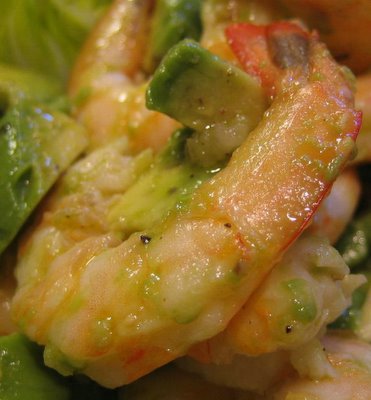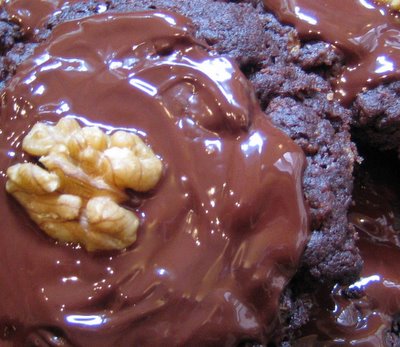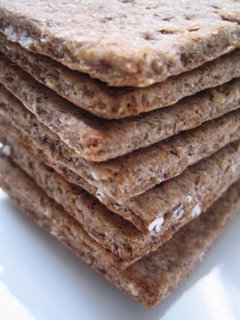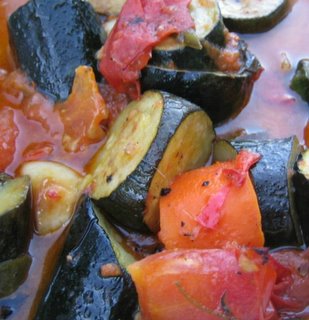
Prawn cocktail comes and goes with the fashion. But there will always be room on my table for a well dressed prawn.
Our Christmas dinner begins with a prawn cocktail. Albeit, there are years that one of the family decides that it is time for change and subsequently provides an entrée of chilled pea soup. The chilled pea soup was very nice but it just was not prawn cocktail. The prawn cocktail has been a good entrée for many a happy dinner guest.
The prawn cocktail itself has evolved from the mayonnaise rich Marie Rose sauce of my mother's Cordon Bleu days to the savvy vinaigrette versions of today. However it is not only the dressing that has changed ; we are now liberated to serve the cocktail however we choose.
Might I suggest serving the basic recipe as the traditional prawn cocktail we know and love in a glass bowl on top of a bed of shredded iceberg lettuce?
Or maybe an Asian style appeals with prawn cocktail presented as san choi bow in a lettuce leaf bowl ; perfect for party food.
Perhaps the more substantial prawn cocktail crostini is what you are looking for? Prawn cocktail served on a slice of toasted baguette.
My prawn cocktail is made like this :
Whole, raw prawns, as many as you need. 6 per person for an entrée or one per piece of finger food
Avocado, approximately one per dozen prawns or to your taste
Herb sprigs, e.g. bay leaves, thyme, parsley, dill
Extra Virgin olive oil
Lemon juice
Garlic
Sat and pepper
Lettuce or baguette to serve
Bring a large pot of water to the boil with the herbs. Drop in the prawns and simmer until the prawns are pink and one tested proves to be cooked. Refresh in cold water to stop the cooking and drain. Peel once cool enough to handle. Leave the tails on a few for aesthetic purposes. Store in the fridge until needed, for up to 24 hours.
Prepare a vinaigrette with the proportions of twice the oil to lemon juice, adding garlic, salt and pepper to taste.
Peel, stone and cube the avocado. Only do this when you are ready to prepare the cocktail.
Combine the peeled prawns and cubed avocado with enough vinaigrette to lubricate. The avocado will break down a little making the dressing lovely and thick, but try not to be so vigorous in the tossing that the avocado turns into mush.
Serve on a bed of shredded lettuce, in a lettuce leaf cup or on a toasted slice of baguette, drizzling a little more vinaigrette over the finished product.








